The Cycle Snake
And other bicycling pondering
Depending on who you ask, Copenhagen is the most bikeable city in the world. Pedaling through Danish streets the past two months, I’ve wondered why this city developed so differently than the cities of the United States. How did they establish this culture of cycling? How did all the exceptional infrastructure come about? Do Danish people have lower rates of car ownership? Do they actually drive less than Americans?
October break started for me last week, so I had some time to dive into research for the sake of… research.
I also took a video for you of my favorite route to get home from class, featuring Cykelslangen (The Cycle Snake). You’re welcome for spending a silly amount of time adding titles to this! 🤪
Which came first? The cyclist or the infrastructure?
Cycling in Copenhagen gained popularity almost simultaneously with the invention of “The Safety” bicycle in 1885.1 The British inventor John Kemp Starley created this new style of bicycle which was a huge shift from earlier, less stable bicycle models. It included more equal-sized wheels, a steerable front wheel, and rear-wheel chain-drive.2 (Guess what? Bicycle tires with air - pneumatic tires - weren’t invented until 1888.3 Bikes had been around for almost 50 years before tires. How uncomfortable!)
(Side note: Road bikes as we know them didn’t evolve until the 60s. Mountain bikes didn’t start their way into production until the 70s. I recently listened to this fantastic episode from one of my fave podcasts - How I Built This with Guy Raz - about the beginning of the mountain bikes outside San Francisco in the 1970s. Highly recommend! Scrappy entrepreneurship at its finest.)
Back to Copenhagen!
According to Martin Emanuel’s work, after only 12 years since the invention of the Safety, there were approximately 35,000 bikes in the city of Copenhagen, roughly one per every ten inhabitants.4 These cyclists had to find a way to navigate these serpentine streets amidst carriages, horses, and pedestrians. More and more, they ended up using the small strip on the edge of the horse track between the main carriageway and the pedestrian sidewalks. As you can imagine, the austere and wealthy horsemen trotting through the city streets were none to happy about this development, and a couple decades of heated public conversation ensued.
In 1909, encouraged by the Dansk Cyklist Forbund and commissioned by the Board of Mayors, a study of traffic count revealed that on a week in June, the horse track was used by over 9,300 cyclists. And, only 18 horsemen. The cyclists won! By the 1910s, Copenhagen was hard at work laying down increased bicycle infrastructure and presented their work at the International Road Congress held in London in 1913.5 (For some great restored, recolored historical photographs of early 20th century Copenhagen, check this out.)
Many developments through World War I and the interwar period helped increase the bicycle network. Middle class citizens of the city grew in their preference for the bicycle as it allowed for significant savings over city trams and trains. Bicycle ownership in the city reached 69% by 1940.6
All of this is of course aided by the fact that Copenhagen is incredibly flat. There is only one small spot in greater Copenhagen that is above 26 meters: the Zoo in Frederiksberg. The biggest “hills” are the arching curvature of pedestrian and cycling bridges over the canals. It couldn’t be more opposite of Seattle!
For all these reasons and perhaps many more, Copenhagen is a city built by cyclists and for cyclists. This article from the BBC may be outdated, but it sums up the current street feel well: “There are in fact more bicycles in Copenhagen than people, five times as many bicycles as cars, and 400km of cycle lanes - not shared with cars or pedestrians - for a city of about 600,000 people.”7
Though I wish my own hometown of Seattle could have such an exemplary cycling infrastructure, doing all this research and living the daily life of a cycling commuter here has shown me that this unique cycling culture could not have developed easily in a boomtown like Seattle in the early 1900s. And, it has made me that more grateful for the structures we do have.
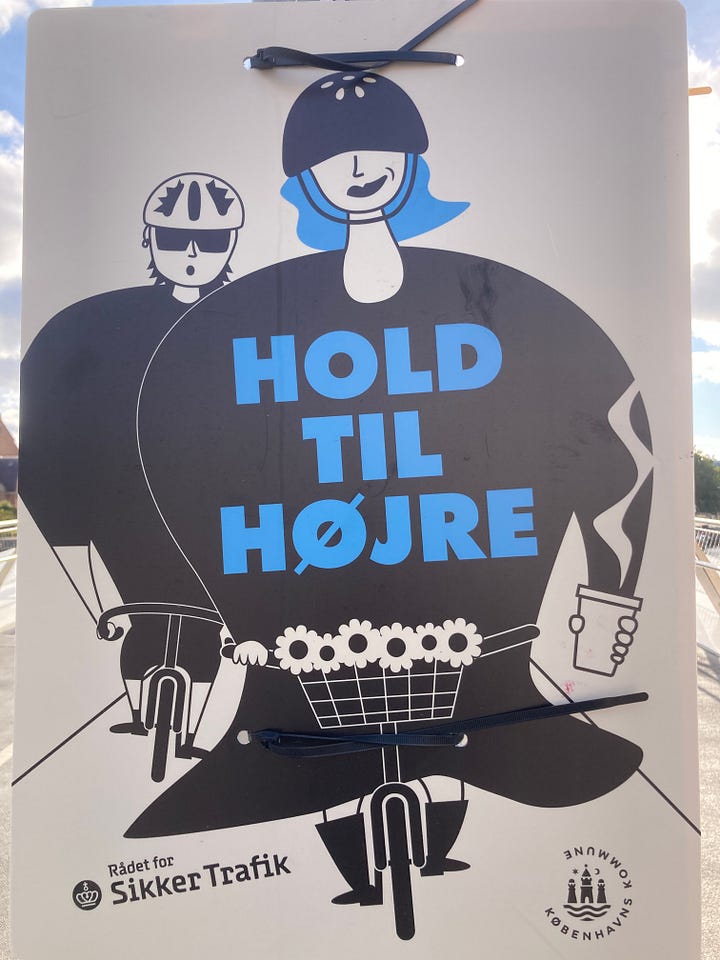


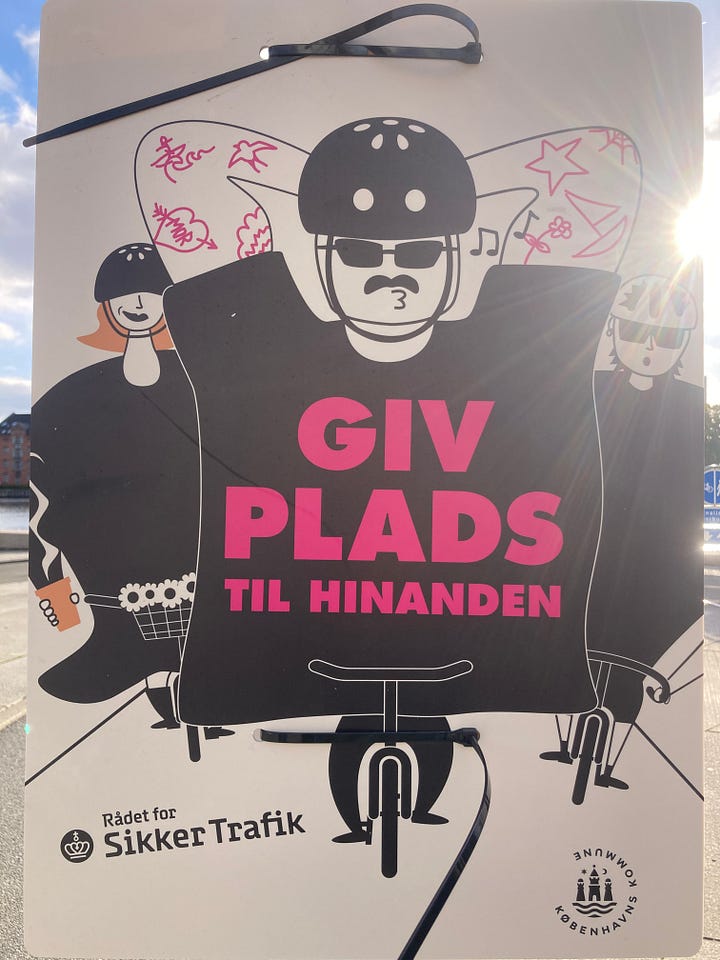
Do Dane’s have less cars than Americans?
The automobile is embedded into American culture. I need not bore you with research articles to prove that, dear Reader. So, here lays a pertinent question: do Danes actually own vehicles at a lower rate than Americans? My meager, unprofessional research revealed some surprising results.
Denmark
According to World Bank population data on Denmark, Denmark was 5,946,952 persons in 2023. According to Statistics Denmark, the total number of registered passenger vehicles in the country was 2,827,864 in 2024. That gives us a ratio of 48.11% registered vehicles per capita.
United States
According to World Bank population data on the USA, the States was 334,914,895 persons in 2023. According to the US Department of Transportation, the total number of registered passenger vehicles in the country was 103,805,005 in 2023. That gives us a ratio of 30.99% registered vehicles per capita.
Pretty crazy right? My numbers might be skewed because I couldn’t find the exact definition of “Truck” on the US DOT website. Also, is vehicle registrations the best way to measure this? Not sure.
This beautiful scatterplot from “Historical patterns and sustainability implications of worldwide bicycle ownership and use” by Wu Chen (University of Southern Denmark) and Trine Agervig Carstensen (University of Copenhagen) reveals some data contrary to my own research. Let’s assume they are the authority here.
Seattle (King County)
For interested Seattlites, I also calculated the ratio of registered vehicles per capita in King County: 62.75% based on Washington State vehicle registration data.
Copenhagen (Hovenstaden)
And, the vehicles per capita in Copenhagen capital region? 41.28% based on Statistics Denmark and Region Hovenstaden.
For Hannah and Aunty J
I found this fascinating graphic on rates of car ownership across the Five Boroughs. Staten Island, right?? Geez! Also, the Manhattan ratio is higher than I thought it would be (22%).
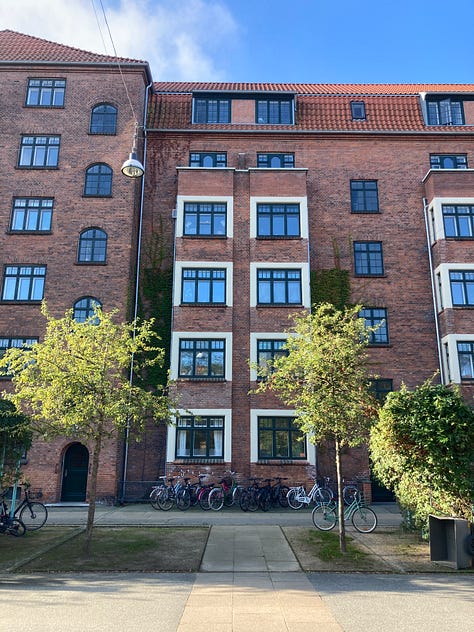
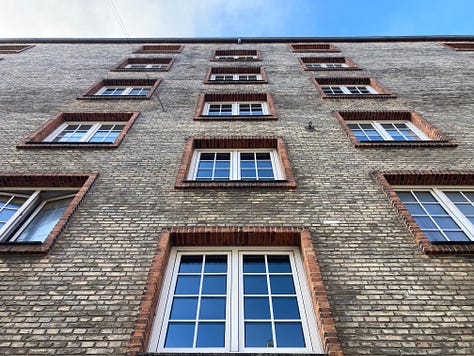
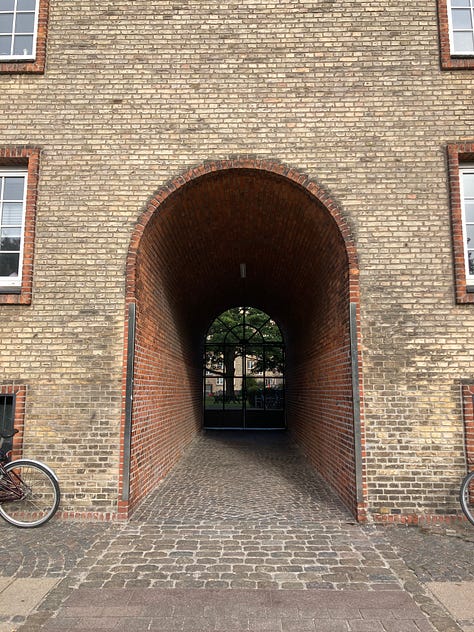

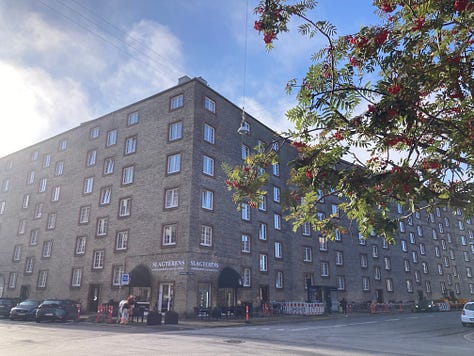



Martin Emanuel, “Making a bicycle city: Infrastructure and cycling in Copenhagen since 1880”, Urban History, Vol. 46, No. 3, August 2019, pp. 493–517, https://doi.org/10.1017/S0963926818000573
“John Kemp Starley,” National Cycle Museum. 2023 https://www.cyclemuseum.org.uk/Cycling-History-Other.aspx?ID=8
“The Pneumatic Tyre“ Online Bicycle Museum. 2024. https://onlinebicyclemuseum.co.uk/the-pneumatic-tyre/
Martin Emanuel, “Making a bicycle city: Infrastructure and cycling in Copenhagen since 1880” pp. 497
ibid pp. 499
ibid pp. 499
“Copenhagen's piles of bicycles.” BBC News. 14 October 2014. https://www.bbc.com/news/magazine-29601069




